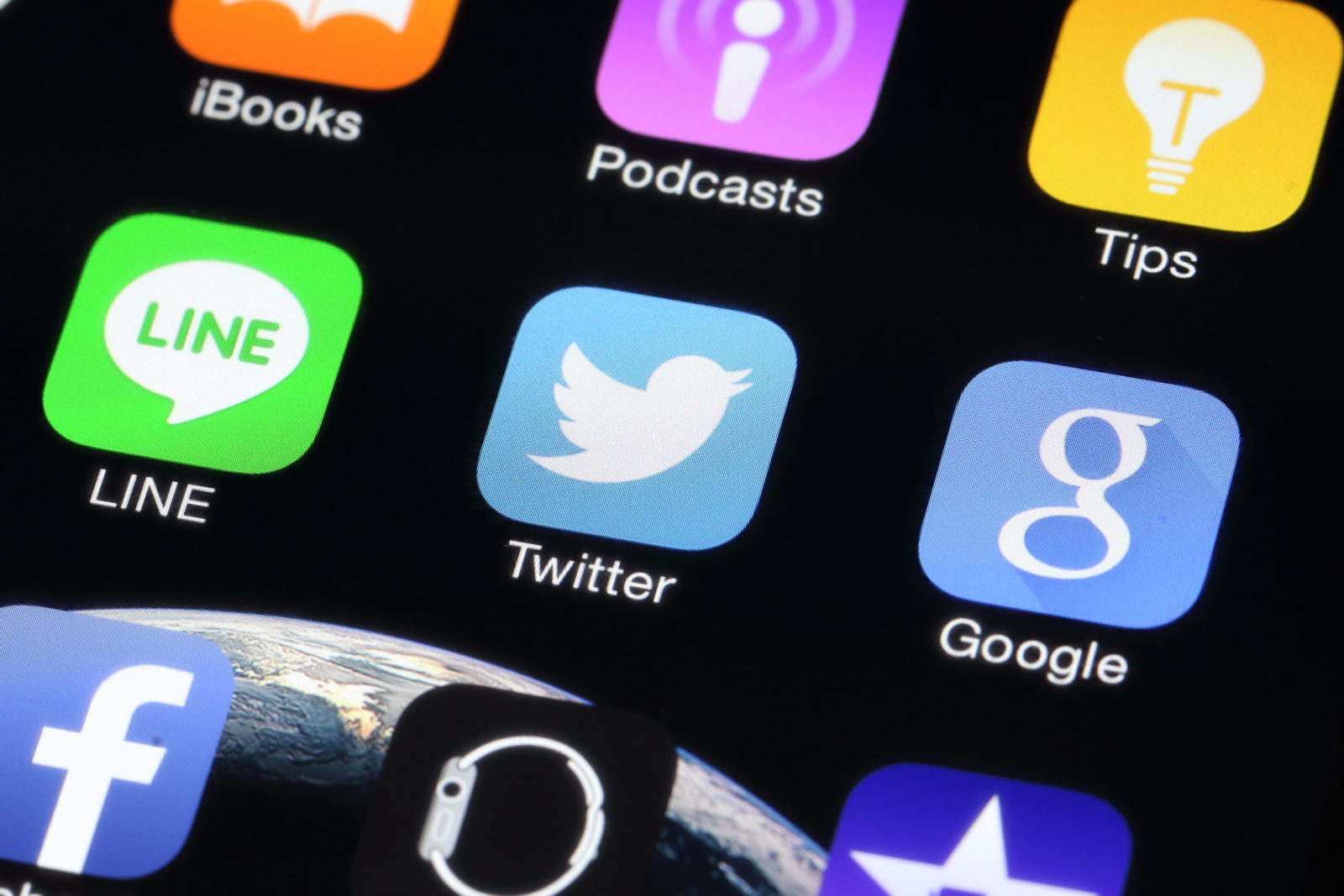Texting While Driving? Not Relevant!
From the desk of Cliff J. Wilson:
Cellphones are essential to everyday life. However, in Oregon, we all know that we should not use, or even handle, our cellphones while driving due in part to the state’s harsh penalties for doing so. But what happens if a defendant in a civil case admits to using her cellphone immediately prior to rear-ending the plaintiff? Is this information relevant to the injuries the plaintiff suffered?
Claims Pointer:
The key issue in this case was whether evidence of the defendant’s cellphone use should have been allowed into trial. The Oregon Court of Appeals held that the cellphone evidence should have been excluded because it was not relevant to the foreseeability of the plaintiff’s claimed injuries.
Scott v. Kesselring & Kesselring Commc’ns, LLC, 308 Or. App. 12 (December 16, 2020)
Facts:
This case involved a car accident where the plaintiff, Michelle Scott, was rear ended by Leslie Kesselring, the defendant. The accident occurred on a rainy and slick freeway. Just prior to the accident, Kesselring looked down at her cellphone in hopes of trying to find a phone number for a client. As a result of the accident, the plaintiff claimed that she had not only suffered injuries to her neck, back, shoulder, and leg, but also suffered from post-traumatic stress which caused her to attempt suicide in the months following the accident. The defendant admitted liability for the accident and that she was looking at her phone immediately prior to the collision. With liability admitted, the only issue at trial was the nature and extent of the plaintiff’s injuries. Specifically, the defendant argued that the plaintiff’s suicide attempt was not a reasonably foreseeable result of the car accident.
Although Plaintiff alleged punitive damages because of the defendant’s cell phone use, that claim was dismissed by the trial Court on Defendant’s Summary Judgment Motion. With the alleged punitive damages dismissed, the defendant moved, before trial, to have the evidence about her cellphone use excluded. The trial Court denied that motion and reasoned that if the jury was to decide what might be within the scope of reasonable trauma that resulted from defendant’s negligent conduct, then the nature and details of that conduct would be relevant. As might be expected, the defendant’s use of her cellphone became a central theme of the plaintiff’s case to the jury. At the end of the trial, the jury awarded plaintiff $41,000 in economic damages and $200,000 in non-economic damages. The defendant then appealed the jury’s verdict arguing that the trial court erred in allowing evidence of her cellphone use in an admitted liability case where punitive damages were not at issue.
Law and Analysis:
In Oregon, evidence is relevant if it has any tendency to make a fact that is of consequence more or less probable. Here, the Court of Appeals’ analysis turned on whether the reason that the defendant was negligent, her cellphone use, was relevant to the foreseeability of the plaintiff’s physical and emotional harm. The Oregon Court of Appeals held that there was no logical connection between the cellphone use evidence and the foreseeability of the plaintiff’s injuries, specifically her post-traumatic stress and suicide attempt. The Court highlighted the fact that the plaintiff did not even learn of the defendant’s cellphone use until well after the accident. Therefore, the plaintiff’s trauma could not have come from knowing the defendant had been using her cellphone.
In its opinion, the Court of Appeals reasoned that the defendant could have been distracted for any number of reasons when the accident occurred. The specific reason for the defendant’s distraction, her cellphone use, did not make the foreseeability of the plaintiff’s injuries any more or less probable. The question is whether or not the injuries were a foreseeable consequence of the accident itself, not the defendant’s use of her cellphone when the accident occurred. Therefore, the Court of Appeals held that the trial court erred in allowing the cellphone evidence to come into the trial.
The Court of Appeals further concluded that there was a likelihood that the cellphone evidence affected the jury’s damages award, especially the non-economic damages. The Court based this finding largely on the plaintiff’s decision to appeal to the sympathies of the jury by significantly emphasizing the defendant’s cellphone use at every stage of the trial. Ultimately, the Oregon Court of Appeals reversed the trial court’s decision and remanded the case for a new trial.
The Big Picture:
Texting while driving is dangerous. Because of this, many people, including juror, have strong opinions about the behavior. Before this decision, a plaintiff could have been able to inflate her damages award by appealing to the jury’s emotions about texting while driving. After this opinion, the defense has a strong argument to exclude cellphone use evidence, at least when liability and punitive damages are not at issue. Therefore, a plaintiff will not be able to use evidence of texting and driving to capitalize on the jury’s sympathies during trial.

















